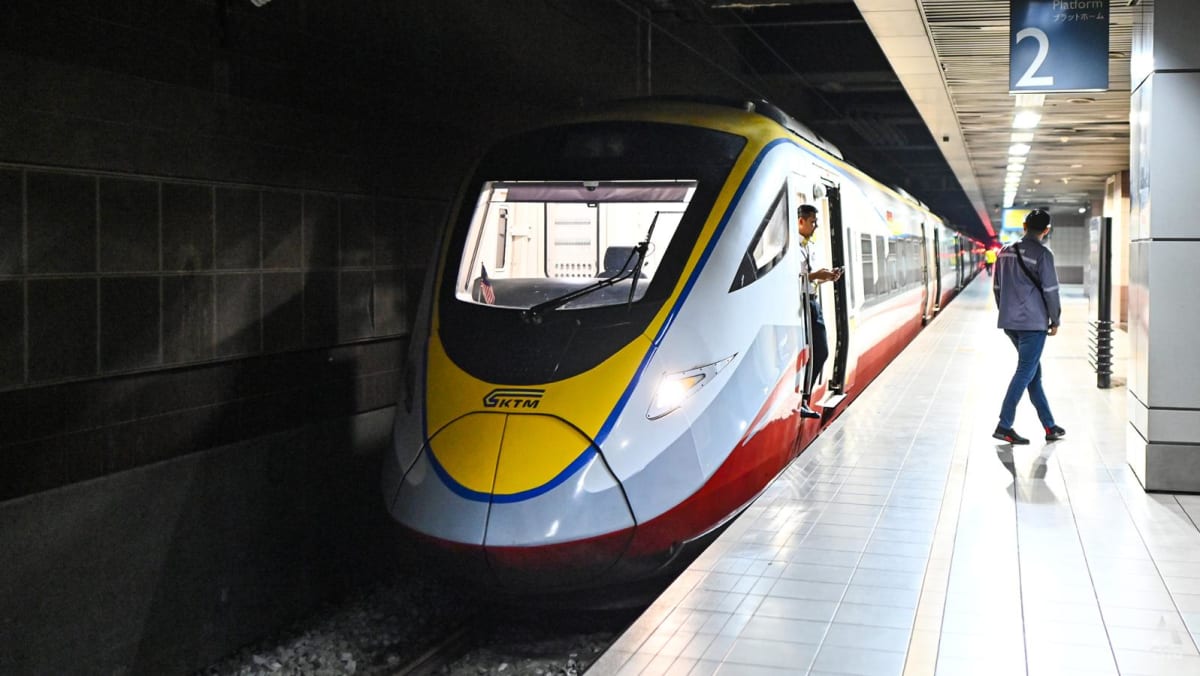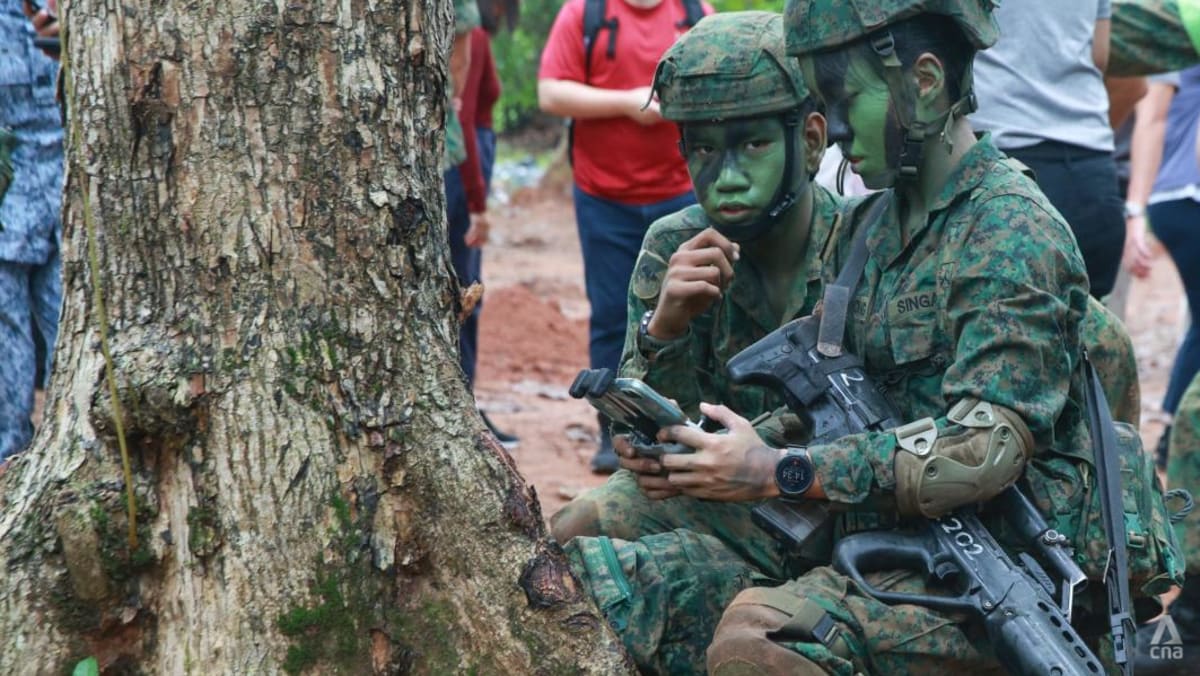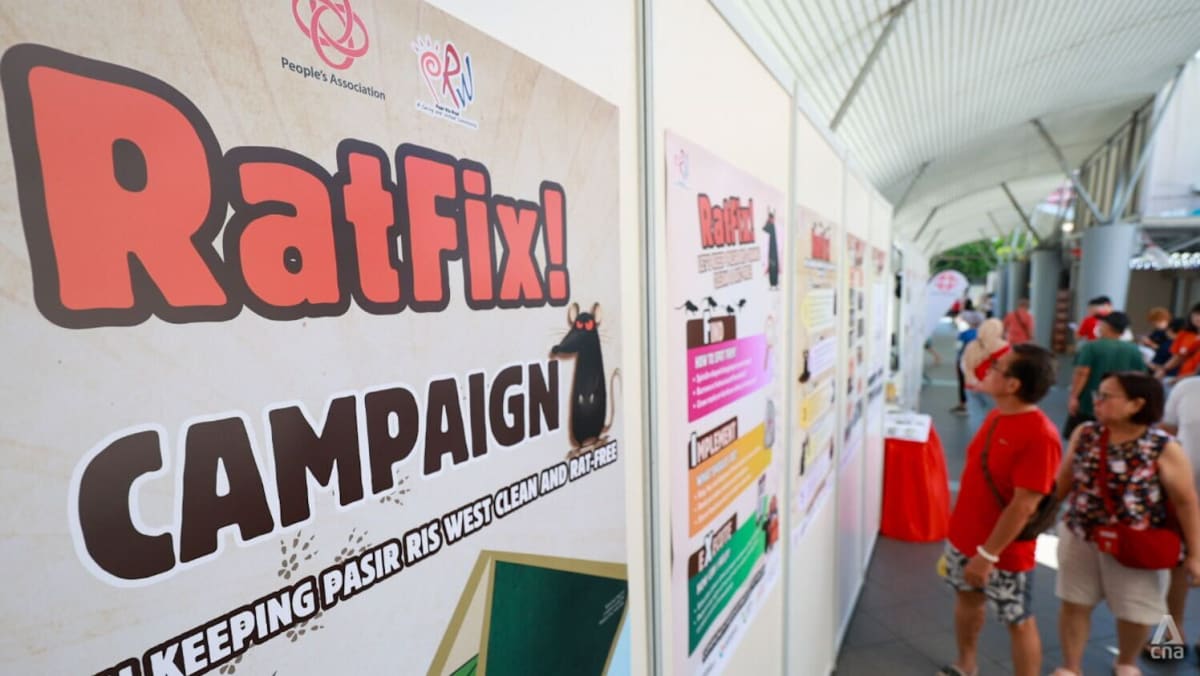PREPARING FOR “BATTLES OF TOMORROW”
Defence experts told CNA the drone push in Singapore as well as around the region was partly driven by their demonstrated use in dealing with a range of scenarios, including border crises and front-line battlefield operations.
This is a key reason for state and non-state actors to continue upgrading their UAV capabilities, and innovate and invest in research and development (R&D) programmes, said Ms Su Mon Thant, Asia-Pacific senior analyst at ACLED, which monitors violent conflicts and protests around the globe.
Ukraine’s use of drones against its stronger and larger enemy has been well-documented. Most recently, in late August, Kyiv ramped up drone attacks on Russian oil infrastructure, disrupting processing and exports and creating gas shortages in some parts of the country.
How the Ukraine-Russia war was transformed by drones has been a lesson for Taiwan, according to Taipei-based analyst Aadil Brar in a commentary for the S Rajaratnam School of International Studies (RSIS) think-tank.
He wrote that unmanned systems have become central to Taiwan’s asymmetric strategy against China, which claims the island as its own; and that drones offer a flexible and “survivable means” to counter the conventional might of the People’s Liberation Army.
In Southeast Asia, the junta in Myanmar has intensified its ongoing pushback against resistance forces with the use of drones. And the latest Cambodia-Thailand clash also serves as a point of observation, said RSIS associate research fellow Thomas Lim.
Reports indicate that drones have been used along the border to surveil or bomb military targets.
Mr Lim noted that even as armed forces try to keep up with the swift pace of technologies being developed, they have to plan for what future battlespaces could look like.
“No military can ever claim to be ready for the battles of tomorrow,” he said.













